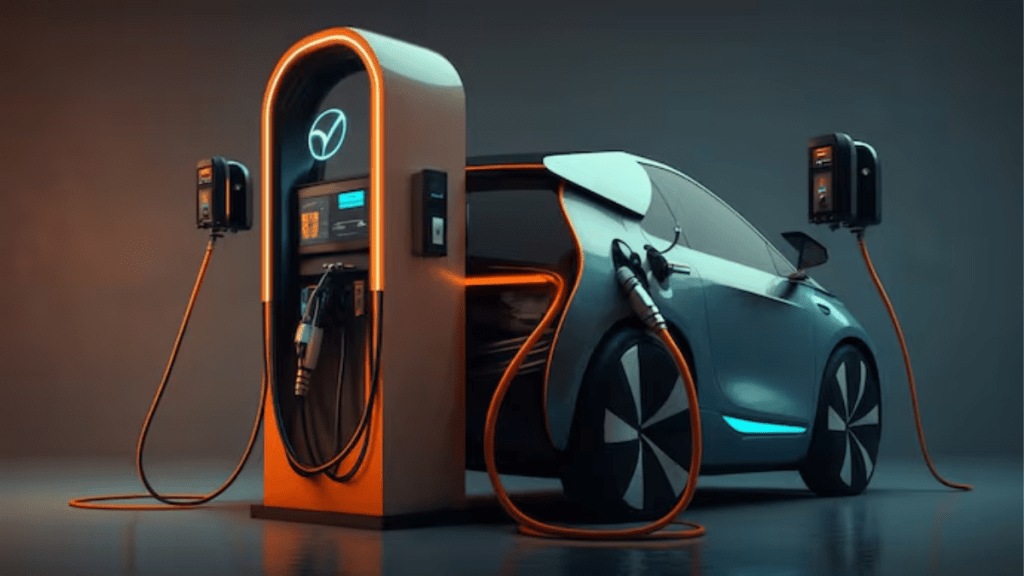By Arjun Dutt & Gagan Sidhu
The Cabinet approval of the PM Electric Drive Revolution in Innovative Vehicle Enhancement (PM E-DRIVE) scheme marks the next phase in the evolution of national policies geared towards mainstreaming India’s sustainable mobility transition. Succeeding a transitional scheme in the middle, PM E-DRIVE is the eventual successor to the earlier Faster Adoption and Manufacturing of (Hybrid) and Electric Vehicles (FAME) II scheme. It will now shepherd a critical aspect of India’s decarbonisation journey, as road transport accounts for ~10% of the country’s greenhouse gas emissions. In doing so, it will shape the evolution of the auto sector, a key building block of our economy.
According to the ministry of heavy industries, the automotive industry accounts for 7.1% of India’s GDP and provides direct and indirect employment to 19 million people. Notably, the scheme comes against the backdrop of mixed sentiments for electric mobility globally.
India’s EV transition
PM E-DRIVE is being introduced at a juncture when India’s electric mobility journey has crossed notable milestones. According to analysis by the CEEW Centre for Energy Finance (CEF), electric vehicle (EV) registrations first crossed the one million mark in FY23. FY24 saw a further ~40% increase in volumes over FY23. However, the share of EVs in overall vehicle sales, while on the rise, remains in the single digits. And it presents significant variation among various categories. For instance, electric three-wheelers led all EV categories in terms of penetration, exceeding 15%. This was followed by electric two-wheelers. The share of personal and commercial electric four-wheelers stood below 5% each in their respective categories. Meanwhile, electric buses lagged with a penetration rate below 1%.
Given the relatively low share of EVs overall, continued government support and subsidies still appear to be necessary to advance India’s electric mobility transition. It is in this context that the new PM E-DRIVE scheme, with an outlay of `10,900 crore, should be viewed. The outlay is approximately the same as that under FAME II. However, the new scheme is applicable over a more compressed time frame of two years versus five (originally three years, extended by a further two years) for its predecessor. Further, it targets more units, resulting in lower per unit incentives than FAME II.
PM E-DRIVE’s contribution
The new scheme features demand-side incentives for select EV categories. The selection of those categories — such as three-wheelers and buses — points to a push to make sustainable transport more inclusive in India. It complements this approach with an increased outlay for public charging infrastructure, which cuts across EV categories. Finally, it seeks to leverage technology by introducing e-vouchers to streamline the delivery of incentives.
On the push for sustainable public mobility, e-buses appear to be at the heart of allocations, accounting for 40% of the outlay. Moreover, the recently approved, complementary PM-eBus Sewa-Payment Security Mechanism scheme could further boost public e-bus adoption by facilitating private-sector participation through the public-private partnership route.
With respect to the other segments, demand-side incentives for two- and three-wheelers have been retained, albeit at a reduced combined outlay. However, electric four-wheelers do not feature in the new scheme at all. This reflects two different approaches for these segments. While two- and three-wheelers lead in terms of penetration among all EV segments in India, they continue to require a push given the economic profile of the target consumer. For electric four-wheelers, it appears that better and incentivised public charging infrastructure development will drive the push. This could be because this segment tends to service higher-income consumers, for whom range anxiety is possibly a greater hurdle.
All these incentives can be an important means to catalyse EV volumes. For example, a study by CEEW-CEF found that states with incentives experienced two times better EV growth compared to those without such incentives.
Pushing India’s EV transition
Two aspects that could still be addressed to complement the new scheme are on the financing front.
The first relates to technology risk perceptions that banks may have. The second relates to limited visibility on a secondary resale market for used EVs. Each of these two aspects can make the terms of finance more onerous on the buyer, particularly impacting the EV categories with the most volumes. Policymakers could consider a technology de-risking fund in the case of the former, and a buyback fund in the case of the latter. These could be valuable complementary measures to further boost the greening of India’s auto sector.
The evolving nature of the policy support for electric mobility in India is marked by continued commitment, responsiveness to changing ground realities, and an endeavour to broaden access to green mobility. This could be a potent formula to unleash the true potential of sustainable transportation.
Arjun Dutt & Gagan Sidhu, respectively senior programme lead and director, CEEW Centre for Energy Finance.
Disclaimer: Views expressed are personal and do not reflect the official position or policy of Financial Express Online. Reproducing this content without permission is prohibited.


